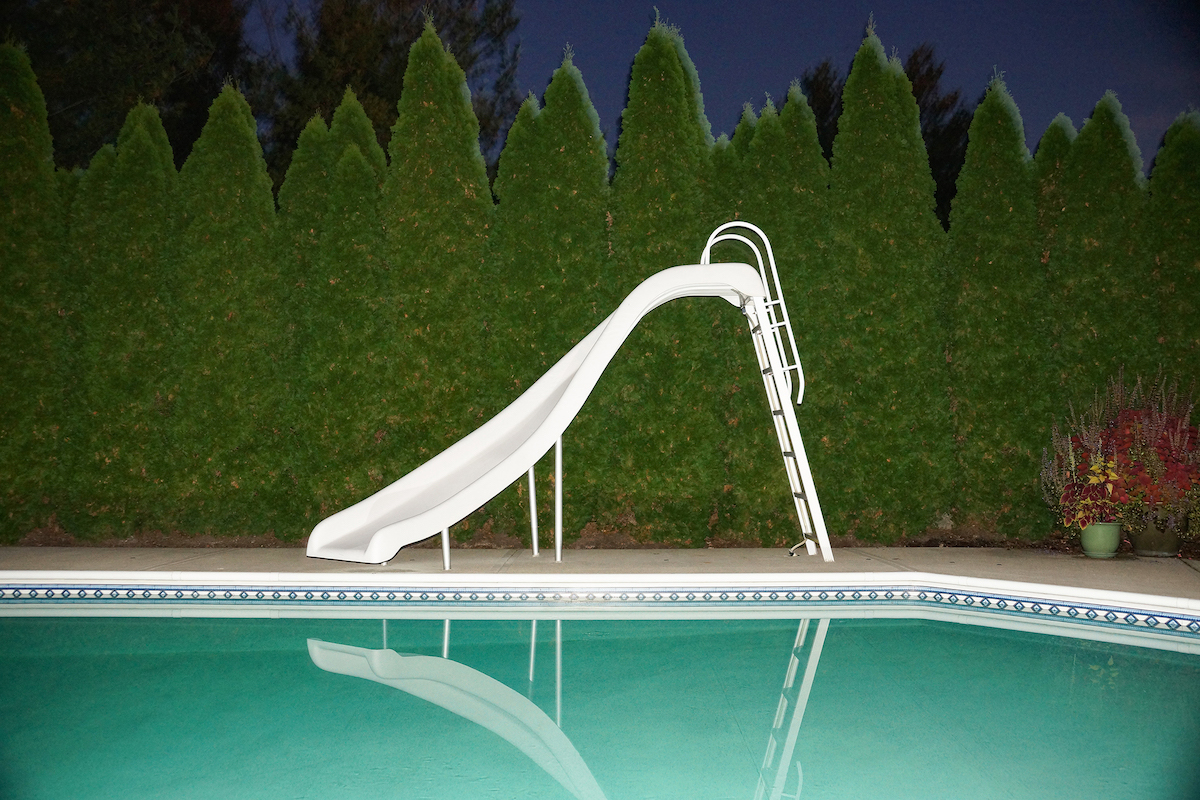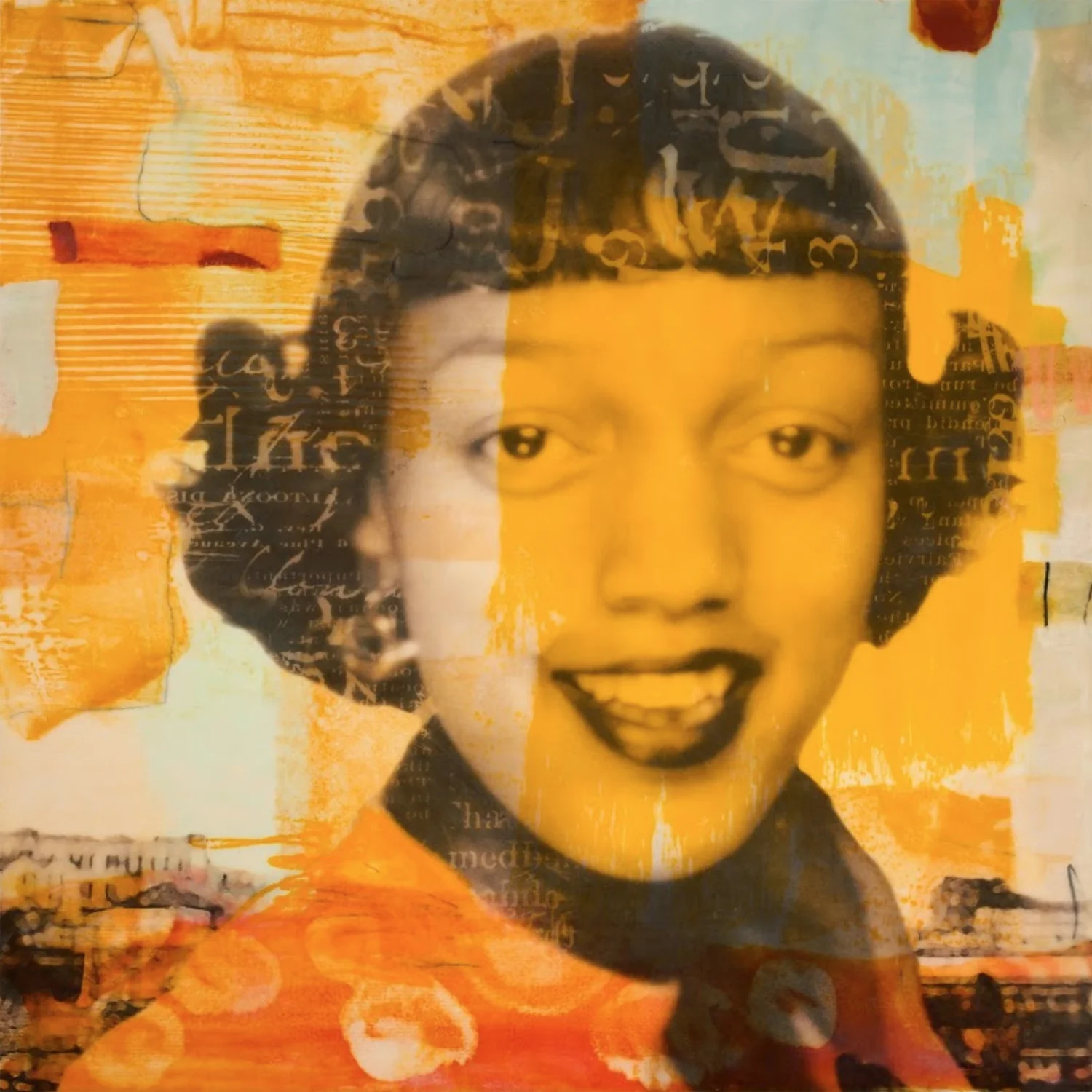Series and Repetition: Interview with Elisabeth Biondi
Janice Gewitz, “In Burano”. Courtesy of Site: Brooklyn Gallery.
Text by Ashley Yu
Do you remember that old children’s game of Chinese Telephone? Each person has to repeat a story, passing it down to the last person in the line. Do you remember how the message always morphs into something else entirely? That’s more or less how photographic repetition and sequencing operates throughout this exhibition. With each repeated variation of a photograph comes a manipulation or addition to the constructed reality that sits within the frame. Juried and curated by Elisabeth Biondi at the Site: Brooklyn Gallery, the show “Photography: Series and Repetition” is the manifestation of the camera’s power in framing subjective perspectives that create an alternate universe through repetition and sequencing. We, at Musée Magazine, sat down with curator of this exhibition Elisabeth Biondi:
Andrea Blanch: I'd like to know about this show, "Photography: Series and Repetition" that you curated. How did it come to be, and did you choose the theme?
Elisabeth Biondi: No, the gallery chose the theme, and it was an open call. It was funny because they contacted me and I didn't know them until I went on their website. I told them, "you know, my expertise is in photography but you seem to do a lot of painting.” And the gallery owner said, "no, no. This is photography. It's an open photography call." So, I decided to do it.
Andrea: First of all, isn't it unusual for a gallery to do something like that?
Dina Goldstein, “Bathroom Mirror”. Courtesy of Site: Brooklyn Gallery.
Elisabeth: Yes, but they have been doing it for a number of years, and I think it's a terrific gallery. I very much like the woman who runs it. It has a great energy.
Andrea: All right. So you had an open call. Were you the only one on the jury?
Elisabeth: Yes.
Andrea: And you said that you looked over more than 500 applicants?
Elisabeth: Yes. More than 500 images. I had to narrow them down to around 40. It was difficult because they were all really good. I had a hard time trying to cut them down.
Andrea: When the gallery chose the theme, did they say it should be emerging photographers? I would imagine they would be younger.
Elisabeth: Yes, emerging. Whether they're young in age, I don't know.
Andrea: Of course. Were you happy with the results?
Installation view. Courtesy of Site: Brooklyn Gallery.
Elisabeth: Yes. This was different. The first cut was okay and I did around half. But then it became really difficult to narrow it down, because it's just one room and I knew I wanted to stack the pictures. They left me alone. They were terrific and just let me do what I wanted to do. What came to my mind was that there was such an incredible variety on the type of photography in the work that was submitted. At one end of the scale, there was black and white photojournalism, and traditional street pictures. Then on the other end, there was a series of little baby coffins with upholstery in it and all decorated for the photograph. So there was this whole range of images that you could see in photography today. I decided I'd want to make it —while I was hanging them up— as varied as possible. And I think it really looks great.
Andrea: I'm going to have to take a look at them. Did you like the space?
Elisabeth: Yes. They have two spaces; up front there are these big colorful abstract paintings, and the show's name is "The Freedom of Abstraction." In the back is photography.
Mai La Thai, “Waiting”. Courtesy of Site: Brooklyn Gallery.
Andrea: What did you glean from looking at all this work? What did you take away from it?
Elisabeth: The variety nowadays. Back in the 70s or 80s, there was conceptual photography, portrait photography and photojournalism. You didn't have that much of a variety. And now, because you can appropriate pictures and you can do whatever you want to do with the photographs — that is just amazing. The imagination can go anywhere. As far as I'm concerned, I don't look and say, "oh, this is a picture that was taken with a lens or this is a picture that has been put together with someone else's photograph." I just look at the image. In fact, there was one series, which was all white. The photographers were in the Alps or the Dolomites, where they had this human figure twisting in the wind. The photo was totally set up but it's the craft in the image; the art behind it was the idea for the photograph.
Andrea: How wonderful.
Elisabeth: You might not agree, but this is not in a museum. And the woman who runs the gallery is the sweetest person, so considerate and tried to make it as easy for me as she could. I mean, how much better does it get?
“Photography: Repetition and Series” will run until June 1 at the Site: Brooklyn Gallery.
Gary Beeber, “Summer Night”. Courtesy of Site: Brooklyn Gallery.












